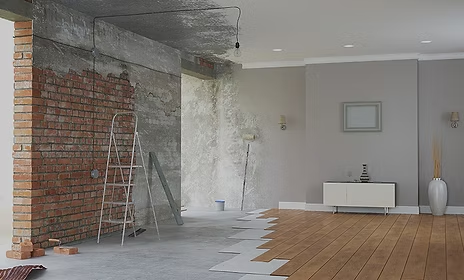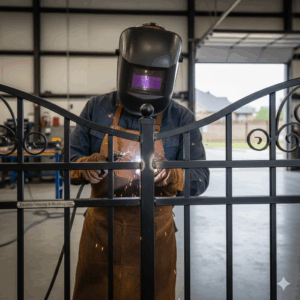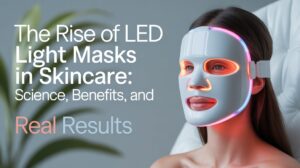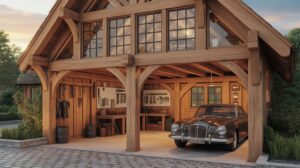Commercial insulation technologies have seen major developments in 2025, especially in foam and fiber-based systems. With tighter building codes, shifting energy priorities, and an emphasis on circular materials, both spray foam and fiber insulation methods have adapted in materials, delivery systems, and integration. Commercial property owners now face new choices and challenges in insulation planning, especially those managing warehouses, offices, mixed-use buildings, and institutional facilities.
Shifts in Spray Foam Insulation Technology
Spray foam remains a core solution for large-scale commercial insulation due to its air sealing ability and high R-values. In 2025, updated formulations and delivery methods have changed how contractors apply and specify foam insulation.
Low-GWP Blowing Agents Now Standard
Recent mandates have eliminated high-global-warming-potential (GWP) blowing agents from commercial foam products. Nearly all closed-cell foams now use HFO (hydrofluoroolefin) or water-based alternatives.
- These low-GWP agents reduce climate impact by up to 90% compared to older HFC-based agents.
- Some regions now require third-party verified GWP documentation in construction specs.
Fire Ratings and Code Integration
Fire safety updates have driven changes in foam insulation composition:
- Intumescent coatings are increasingly integrated into foam systems at the factory level.
- NFPA 285 compliance is now standard for exterior wall assemblies in most commercial builds. This means insulation choices must now be verified against both thermal and fire testing databases, not just basic R-value specs.
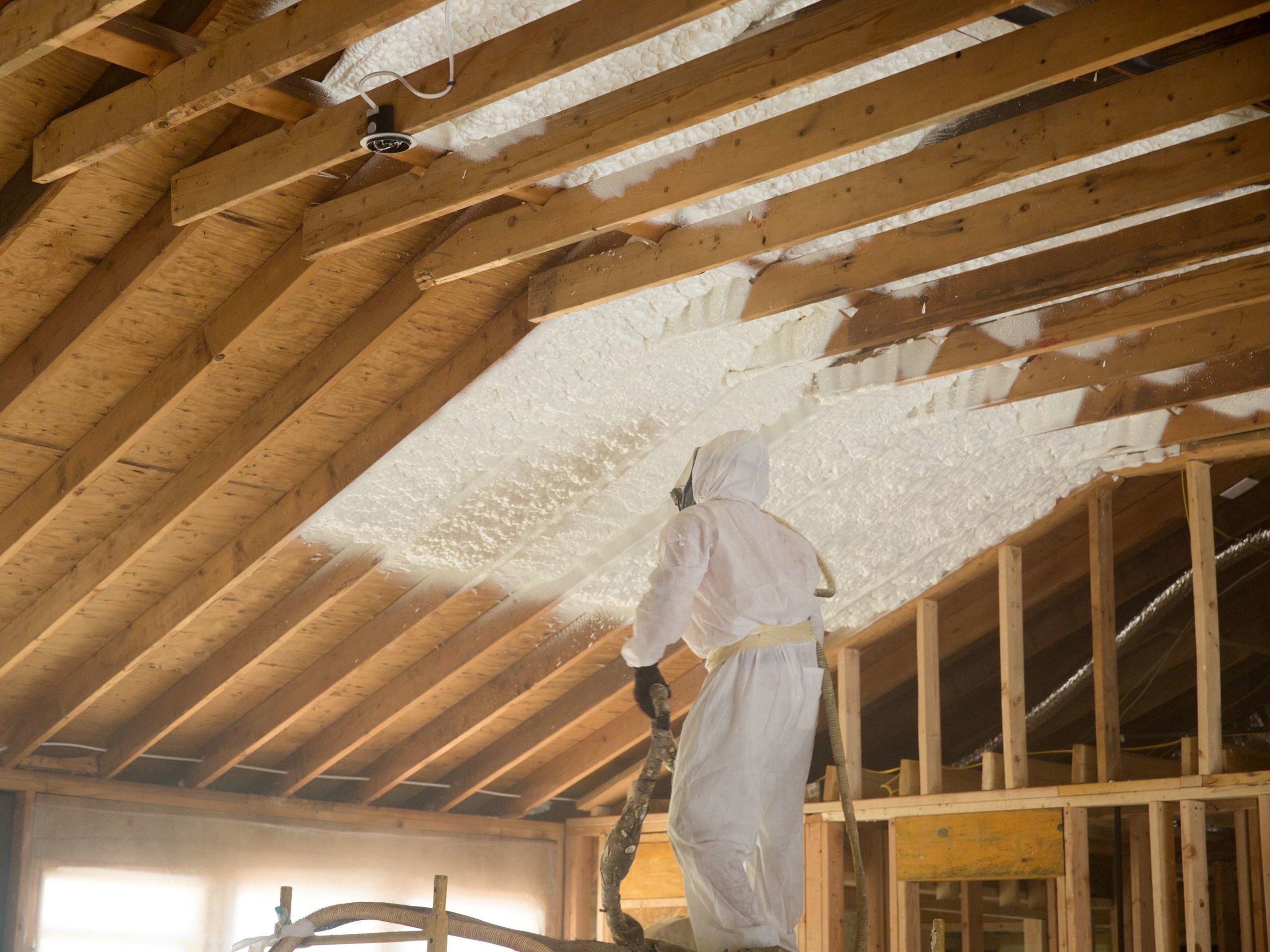
Hybrid Foam-Fiber Systems
Foam is now being paired with mineral wool or fiberglass batts in wall cavities. This hybrid strategy:
- Uses foam as an air barrier and thermal break layer
- Complements it with lower-cost fiber insulation to fill remaining cavity space Contractors are applying foam in thin layers to control material cost while still achieving a full thermal envelope.
Advancements in Fiber Insulation for Commercial Use
Fiber insulation—especially mineral wool and cellulose—has gained traction in large projects due to cost efficiency and fire resistance.
Denser, More Durable Mineral Wool
Commercial-grade mineral wool now comes with improved water repellency and compressive strength. In façade systems and curtain walls, this allows it to serve both as:
- Fire-rated insulation (up to 2 hours)
- Thermal buffer in exterior assemblies Hydrophobic treatment means mineral wool can now be used more reliably in exterior rainscreen and cavity wall systems.
Cellulose Returns with New Fire Additives
In response to sustainability goals, cellulose insulation has re-entered commercial construction, now with fire additives compliant with ASTM E84 Class A requirements.
- Made from recycled paper and borate-treated for pest and fire resistance
- Used in commercial attics, knee walls, and low-rise multifamily applications Though limited by moisture sensitivity, it remains a low-carbon alternative where exposure can be managed.
Fiberglass Batts Redesigned for Fit and Seal
2025 batt insulation comes pre-formed with flange edges and anti-settle mesh:
- Reduces gaps and compression in metal-stud framing
- Helps align with updated ASHRAE 90.1 envelope performance requirements These pre-cut options speed up installation and reduce long-term degradation of insulation value.

Side-by-Side Comparison: 2020 vs 2025 Commercial Foam & Fiber Insulation
| Feature / Year | 2020 Materials | 2025 Materials |
|---|---|---|
| Spray Foam Blowing Agent | HFC-based (high GWP) | HFO/water-based (low GWP) |
| Fire Compliance | Coatings applied onsite | Factory-integrated or hybrid compliant |
| Mineral Wool | Basic fire and thermal rating | Dual-purpose: fire + moisture-resistant |
| Cellulose Use | Rare in commercial builds | Class-A treated for controlled uses |
| Installation Methods | Manual/onsite assembly | Pre-formed, hybrid layers, better sealing |
Compliance Pressures and Energy Codes
Insulation decisions are now shaped less by material preference and more by code alignment.
ASHRAE 90.1 and IECC Updates
The 2025 updates to ASHRAE 90.1 and the International Energy Conservation Code (IECC) focus on:
- Higher minimum R-values in roof and wall assemblies
- Whole-building air leakage control
- Continuous insulation requirements in metal buildings Foam systems often help meet continuous insulation mandates, while dense-packed fiber helps with cavity compliance.
ESG Reporting and Material Transparency
Large property owners must now disclose embodied carbon and insulation source data in some jurisdictions. This affects insulation selection through:
- EPD (Environmental Product Declaration) documentation
- Preference for recycled or rapidly renewable materials
Installation Methods Are Adapting
It’s not just the materials that changed. How insulation is delivered, installed, and verified has shifted.
Smart Sensors and Thermal Verification
Infrared scanning and embedded sensors are now being used during and after installation:
- Detects voids or compression in cavity-fill jobs
- Verifies foam adhesion and coverage These tools improve quality assurance and reduce rework rates on large sites.
Off-Site Fabrication of Insulated Panels
Pre-insulated panels with mineral wool or foam cores are increasingly fabricated off-site:
- Speeds up envelope closure
- Reduces jobsite waste and labor costs These systems are often used in mid-rise commercial construction and modular builds.
Questions About Foam and Fiber in 2025
How are blowing agents regulated in 2025?
All foam insulation used in commercial buildings must now use low-GWP blowing agents such as HFO-1233zd or water-based systems, in line with EPA and local environmental codes.
Is mineral wool still allowed near moisture-prone areas?
Yes. Most commercial mineral wool products now feature water-repellent treatments, allowing them to be used in rainscreens and behind ventilated façades without degradation.
Can cellulose insulation be used in high-rise buildings?
Cellulose is typically not used in high-rise walls due to moisture and fire constraints, but it is used in attic spaces and between floors in low-rise or mid-rise buildings with proper treatment.
Do hybrid systems affect fire code compliance?
Only if improperly specified. Foam-fiber hybrid systems must be tested and rated as part of an approved assembly (e.g., NFPA 285). Builders must check fire resistance listings, not assume compatibility.
How do I verify insulation meets 2025 energy codes?
Contractors and owners must review ASHRAE 90.1-2025 or local code equivalents. Focus areas include insulation continuity, whole-envelope U-value targets, and R-value minimums. Documentation should include test reports and product certifications.
Conclusion
Commercial Insulation materials in 2025 reflect a shift toward higher performance, lower environmental impact, and code-driven accountability. Foam products are safer and more sustainable, while fiber options are becoming more adaptable and thermally reliable. Commercial property owners must now choose materials not just for R-value, but for how they align with installation methods, fire ratings, and energy code demands. This change benefits buildings with improved performance, but it also requires clearer product knowledge and better communication between engineers, builders, and insulation contractors. Future specifications will be shaped by regulatory pressure, material science, and performance data—not brand or legacy habit.
Reviewer: Maria Lopez offered detailed feedback after reviewing this post. Her 10 years of experience in spray foam work helped guide the tone and suggestions toward realistic strategies.



